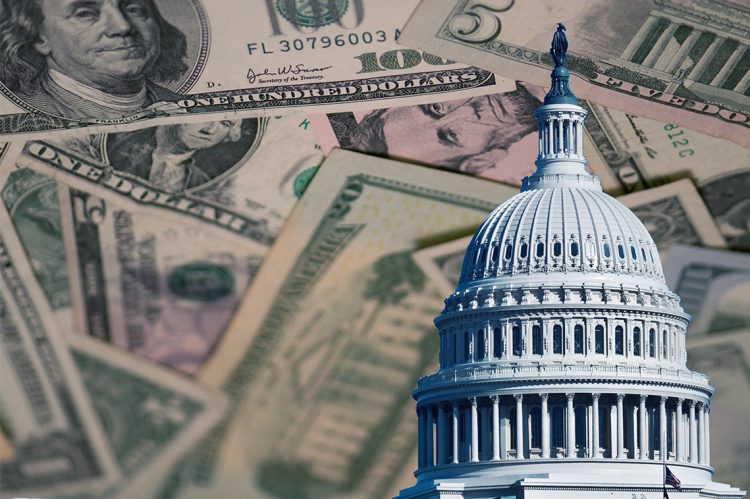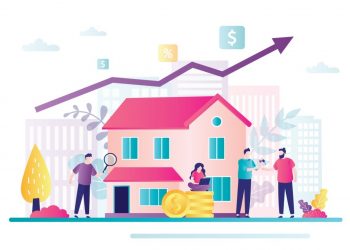Lawmakers approved legislation that would suspend the federal government’s $31.4 trillion debt ceiling mere days before the default deadline. The House of Representatives approved the bill on Wednesday, May 31, by a 314-117 vote, while the Senate followed suit a day later with a 63-36 vote.
As the clock ticks, the bill now resides on President Joe Biden’s desk to be signed into law before June 5, when officials projected the government to be out of money to pay all of its bills. While folks can breathe a sigh of relief that a deal has been struck amongst lawmakers, real estate pundits analyzed the potential impacts of the tentative deal on the short- to medium-term housing market.
What was top of mind for Bright MLS Chief Economist Lisa Sturtevant was the impact that the deal would have on mortgage rates.
“We should see a drop in mortgage rates, which had surged higher in response to the protracted debt-ceiling negotiations,” says Sturtevant.
Following debates and negotiations, Democrats and Republicans hashed out terms that would raise the debt ceiling until January 2025 while implementing several provisions that officials claimed would cut deficits by roughly $1.5 trillion over the next decade.
If passed, the bill would hold non-defense spending at its current levels next year and implement a 1% cap on increases for 2025. The deal also calls for the government to reclaim unspent relief funding to battle the pandemic. According to the reports, that amounts to roughly $27 billion in unused funds.
While the proposed deal calls for spending caps and tinkers with welfare benefits, pundits aren’t convinced that most provisions in the agreement carry any significant implications for the industry.
However, one aspect that could affect buyers would be the component calling for resuming student loan payments. If passed, the legislation calls for the student loan payments to continue 60 days after June 30, ending a three-year suspension of fees and interest accrual by August.
According to Nadia Evangelou, senior economist and director of real estate research for the National Association of REALTORS® (NAR), resuming payments would further strain first-time homebuyers already struggling with saving a down payment.
“As we know, affordability remains (at) historically historic lows,” she says. “It’s a little better when the mortgage rates are close to 6%, but now with (where) they are at 6.6%, what we see is that many first-time buyers are out of the market. They have been priced out of the market, and we expect many of them to continue to be out of the market due to low affordability in 2023, maybe next year as well.”
While Evangelou acknowledges that student loan payments are generally baked into the budgets of buyers who have them, she notes that the impact on their ability to get into the market will still be hampered, considering the current conditions.
“I don’t expect to see a drastic impact in the housing market because they already know about the amount, but we need to have a demand as well,” she says. “Student debt is one of the largest challenges for first-time homebuyers to purchase a home.”
Sturtevant echoed similar sentiments about resuming student debt payments, claiming that starting payments sooner than expected will “blunt the spending power of some prospective buyers.”
“These younger buyers are already feeling squeezed by elevated mortgage rates and high home prices, and the resumption of student loan payments likely will force more would-be buyers out of the market,” she says.
Looking further down the line, Sturtevant notes that the deal on the debt ceiling doesn’t limit spending and decrease the federal government’s debt, which could also impact the mortgage landscape in the longer term scope.
“Higher federal debt levels in the future can keep interest rates high, which means mortgage rates may settle into a 6%-plus range for the long term,” she says.












